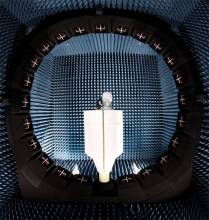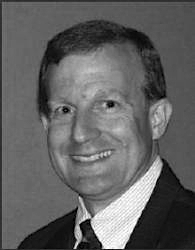LTE, Positioning, and the Implications for GNSS Over-the-Air Testing
 FIGURE 1: (top) Device without case. (bottom) Device with case.
FIGURE 1: (top) Device without case. (bottom) Device with case.Long Term Evolution (LTE) technology in mobile communications, often called 4G, is making its way into a host of consumer devices. It started with data-only modules for Internet connectivity but quickly made its mark on smartphones, automotive communication, and embedded modules that provide fast and reliable wireless data connectivity to the machine-to-machine (M2M) market.
By Inside GNSS



















